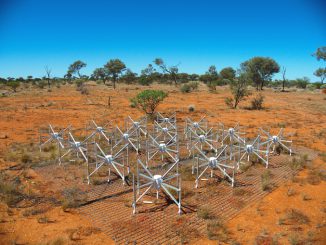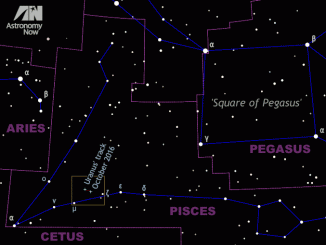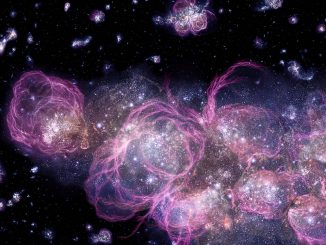
Who stole all the stars?
Investigating the millions of missing stars from the centres of two big galaxies, researchers say they may have solved this cosmic whodunit — and the main culprits are not the usual suspects. While the astronomers confirm that one of the depleted cores is the largest ever detected, they report that it may not have formed in the manner previously thought.









